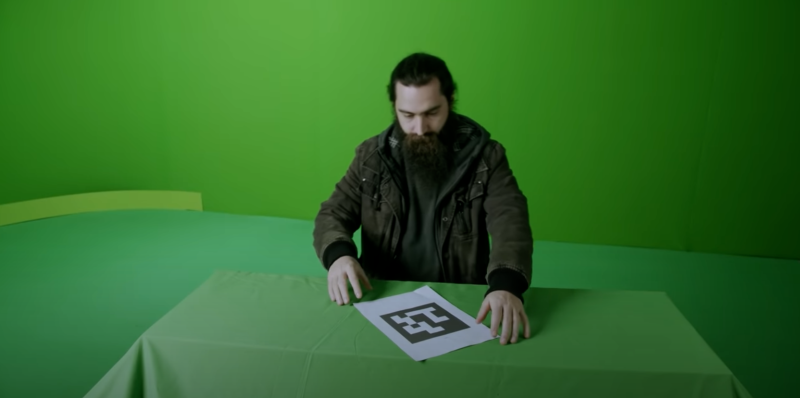Make Your Own Virtual Set

An old adage says out of cheap, fast, and good, choose two. So if you’re like [Philip Moss] and trying to make a comedy series on a limited budget rapidly, …read more Continue reading Make Your Own Virtual Set
Collaborate Disseminate

An old adage says out of cheap, fast, and good, choose two. So if you’re like [Philip Moss] and trying to make a comedy series on a limited budget rapidly, …read more Continue reading Make Your Own Virtual Set
Calculating three-dimensional position from two-dimensional projections are literal textbook examples in geometry, but those examples are the “assume a spherical cow” type of simplifications. Applicable only in an ideal world where the projections are made with mathematically perfect cameras at precisely known locations with infinite resolution. Making things work in …read more
Continue reading Tracking Drone Flight Path Via Video, Using Cameras We Can Get
Hallucination is the erroneous perception of something that’s actually absent – or in other words: A possible interpretation of training data. Researchers from the MIT and the UMBC have developed and trained a generative-machine learning model that learns to generate tiny videos at random. The hallucination-like, 64×64 pixels small clips are somewhat plausible, but also a bit spooky.
The machine-learning model behind these artificial clips is capable of learning from unlabeled “in-the-wild” training videos and relies mostly on the temporal coherence of subsequent frames as well as the presence of a static background. It learns to disentangle foreground objects from …read more
![]() Continue reading Hallucinating Machines Generate Tiny Video Clips
Continue reading Hallucinating Machines Generate Tiny Video Clips
Hallucination is the erroneous perception of something that’s actually absent – or in other words: A possible interpretation of training data. Researchers from the MIT and the UMBC have developed and trained a generative-machine learning model that learns to generate tiny videos at random. The hallucination-like, 64×64 pixels small clips are somewhat plausible, but also a bit spooky.
The machine-learning model behind these artificial clips is capable of learning from unlabeled “in-the-wild” training videos and relies mostly on the temporal coherence of subsequent frames as well as the presence of a static background. It learns to disentangle foreground objects from …read more
![]() Continue reading Hallucinating Machines Generate Tiny Video Clips
Continue reading Hallucinating Machines Generate Tiny Video Clips